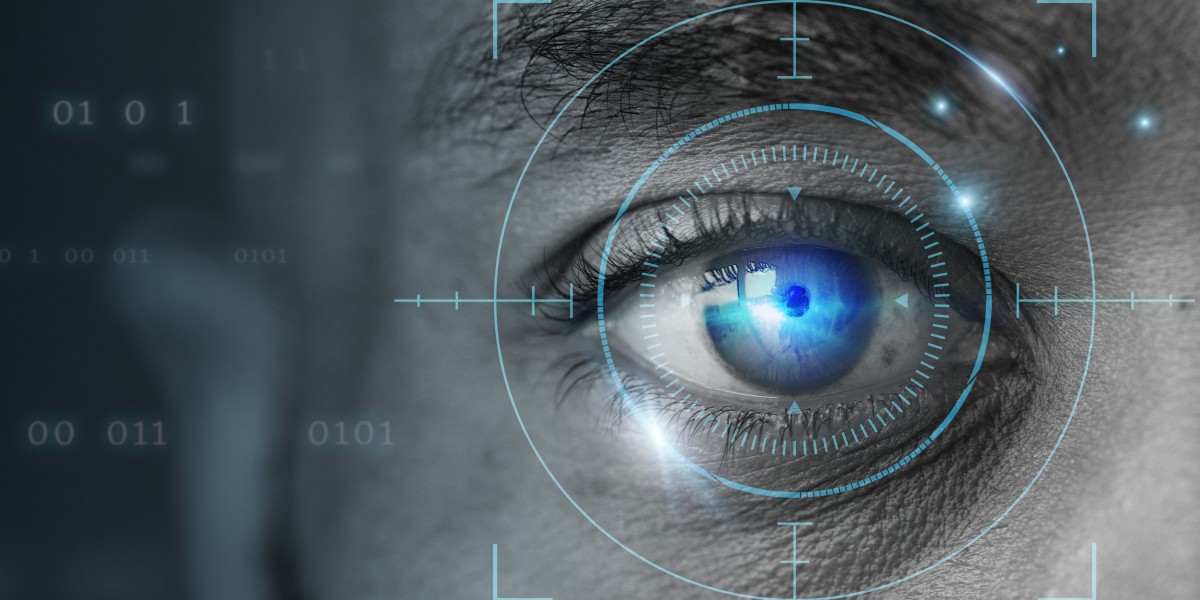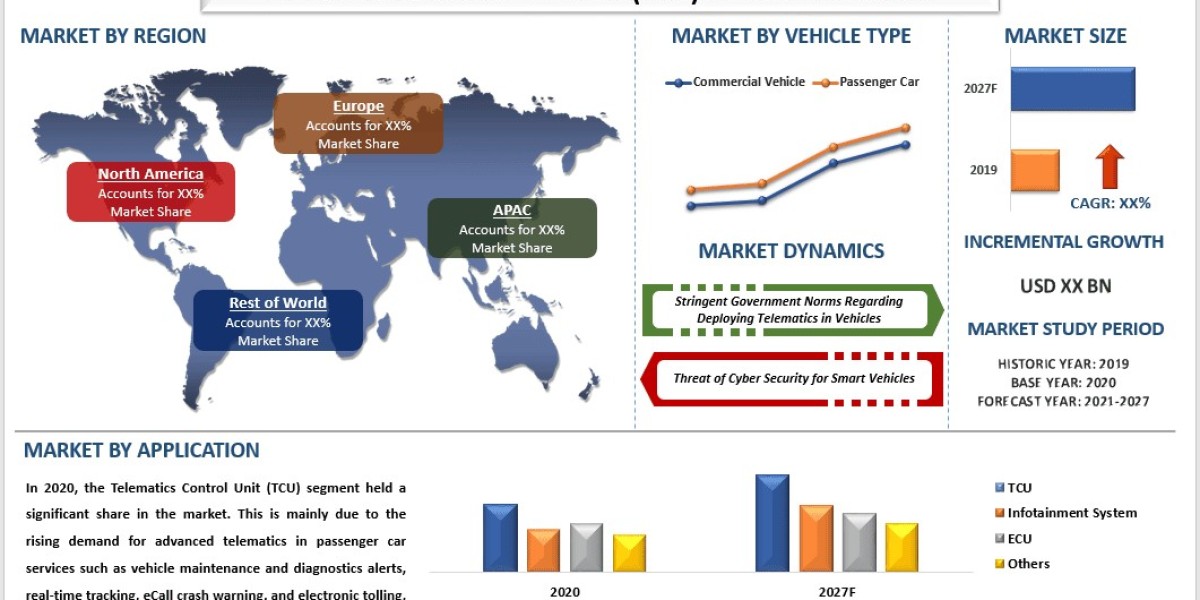In today’s digital-first world, understanding how users interact with screens, interfaces, and products is key to designing meaningful experiences. One of the most advanced ways to gain this insight is through an eye tracking tool. Whether you're working on a website redesign, optimizing a product prototype, or crafting an attention-grabbing advertisement, these tools reveal how users actually see and respond.
By analyzing visual attention and gaze patterns, eye tracking tools offer invaluable data that can elevate user experience (UX), improve advertising effectiveness, and inform product design choices. This blog explores how these tools work, their benefits, and their impact across different creative and commercial fields.
What Is an Eye Tracking Tool?
An eye tracking tool is a research technology that measures where and how long a person looks at specific areas on a screen, physical product, or environment. These tools use specialized sensors, infrared light, or AI eye tracking algorithms to capture gaze patterns. The result is a visual map of user attention known as heatmaps or gaze plots.
While traditional analytics show what users click or tap, eye tracking reveals what they see before they act. This provides deeper behavioral insights, enabling designers and marketers to identify blind spots, distractions, and missed opportunities in user journeys.
Enhancing UX Design Through Gaze Analysis
User experience is about more than functionality it’s about flow, clarity, and intuitive interaction. Eye tracking plays a pivotal role in improving UX by uncovering how users visually navigate interfaces.
1. Optimizing Layouts and Navigation
Eye movement data helps designers understand which areas attract attention and which ones are overlooked.
2. Improving Content Hierarchy
With an eye tracking tool, you can ensure your most important content—like CTAs, offers, or value propositions is getting the visibility it deserves. If users aren’t looking where they should, the design likely needs refinement.
3. Identifying Pain Points
These areas often signal usability issues that can be addressed in subsequent design iterations.
Boosting Ad Effectiveness with Eye Tracking Insights
Capturing and retaining attention is the foundation of advertising success. Eye tracking tools allow marketers to test ad creatives, placements, and formats with real-time visual feedback.
1. Testing Creative Elements
An eye tracking tool lets you analyze how different images, headlines, colors, and CTAs perform across variations. With this feedback, advertisers can choose the combination that generates the highest visual engagement.
2. Improving Ad Placement
Eye tracking helps determine optimal placements that draw attention without disrupting user experience.
3. Validating Brand Visibility
With eye tracking AI, marketers can confirm whether their brand logos, slogans, and visuals are getting noticed early and often enough in the viewer’s visual journey.
By integrating ai eye tracking into ad testing processes, teams can create more compelling, high-performing campaigns grounded in behavioral data.
Informing Product Design Decisions
Product design, especially for physical items or interactive hardware, benefits immensely from eye tracking analysis. Understanding how a user visually interacts with a prototype or packaging can inform changes before mass production.
1. Refining Product Interfaces
For products with screens or control panels, gaze data reveals how easily users locate buttons or read displays. This ensures designs are intuitive and aligned with user expectations.
2. Enhancing Packaging Usability
In retail environments, packaging must capture attention quickly. Eye tracking highlights what parts of the design are most engaging and which elements might be overlooked on shelves.
3. Testing Ergonomics
When combined with posture and gesture analysis, ai eye tracking supports ergonomic improvements. Designers can observe if users strain to read labels or struggle to identify key features, then iterate accordingly.
Key Metrics Measured by Eye Tracking Tools
To understand the insights provided by an eye tracking tool, it helps to know the core metrics used:
- Fixations: Points where the eye stops to focus
- Saccades: Movements between fixations
- Dwell Time: Total time spent looking at a specific area
- Areas of Interest (AOIs): Predefined regions being tracked for attention
These metrics are transformed into heatmaps, gaze plots, and engagement scores that form the foundation of data-driven design decisions.
Applications Across Industries
The use of eye tracking tools spans many industries beyond just digital marketing and design:
- E-commerce: Evaluating checkout flows and product visibility
- Healthcare: Enhancing medical device usability
- Education: Analyzing student attention in e-learning platforms
- Gaming: Designing intuitive interfaces and immersive tutorials
- Automotive: Testing dashboard layout and control accessibility
In each case, eye tracking AI provides empirical evidence of how real users interact with visual information.
Combining Eye Tracking with Other Tools
To maximize its value, an eye tracking tool can be paired with other testing methods:
- Click and scroll tracking: To correlate what users look at with what they interact with
- A/B testing: To validate which visual version performs better
- Think-aloud sessions: For qualitative feedback alongside visual data
- Facial expression analysis: To link eye behavior with emotional responses
This hybrid approach provides a holistic view of user experience, blending emotion, intention, and behavior.
Challenges to Consider
While powerful, eye tracking does have limitations:
- Cost and Accessibility: Advanced hardware-based systems can be expensive
- Privacy Concerns: Users must consent to gaze tracking
- Data Interpretation: Seeing does not always mean understanding—context matters
- Environmental Factors: Lighting and positioning can affect data accuracy
However, recent advances in ai eye tracking are making the technology more scalable, accurate, and accessible even via standard webcams.
The Future of Eye Tracking in Design and Marketing
As artificial intelligence continues to evolve, so too does the potential of eye tracking tools. Emerging trends include:
- Remote Eye Tracking: Conducting large-scale studies without specialized hardware
- Real-Time Optimization: Adjusting UX or ads on the fly based on live gaze data
- AR/VR Applications: Integrating gaze insights into immersive experiences
- Predictive Gaze Modeling: Using machine learning to anticipate visual behavior
These innovations will make eye tracking AI a staple of every modern design and marketing workflow.
Conclusion
An eye tracking tool gives you a front-row seat to how users visually interact with your designs, products, and messages. From boosting ad performance to refining UX and crafting better product experiences, eye tracking delivers insights that traditional analytics can’t match.
By integrating this technology into your creative process especially with the help of ai eye tracking you move closer to designs that truly resonate. In a world overflowing with content and competition, knowing where users look is the first step toward ensuring they stay engaged.


